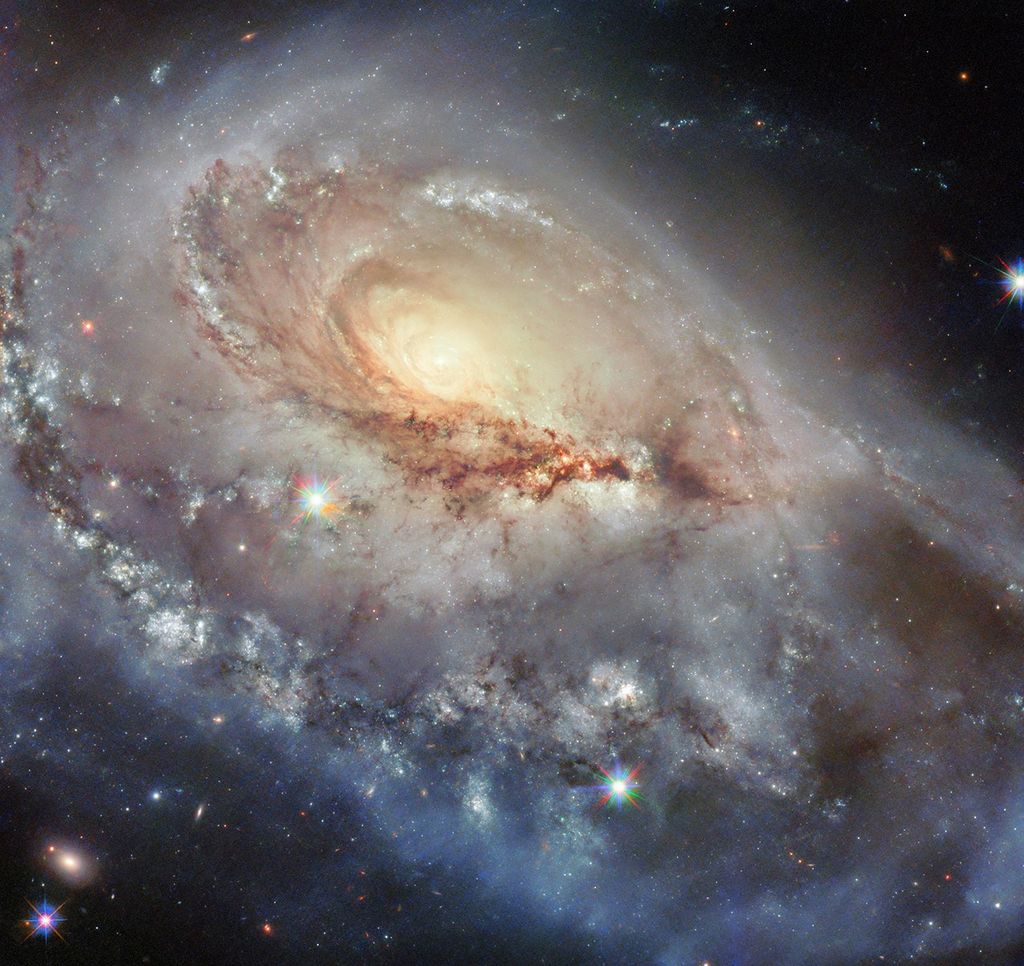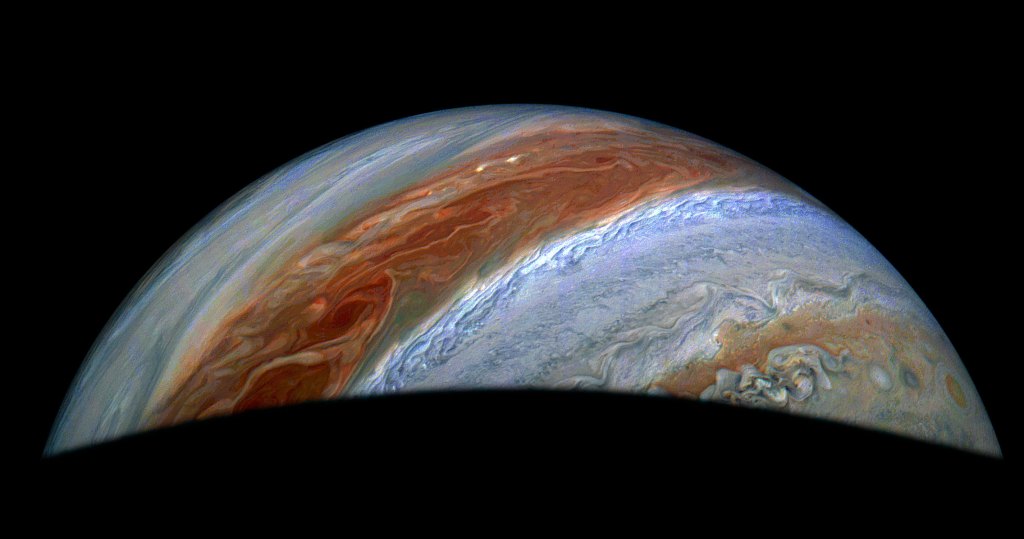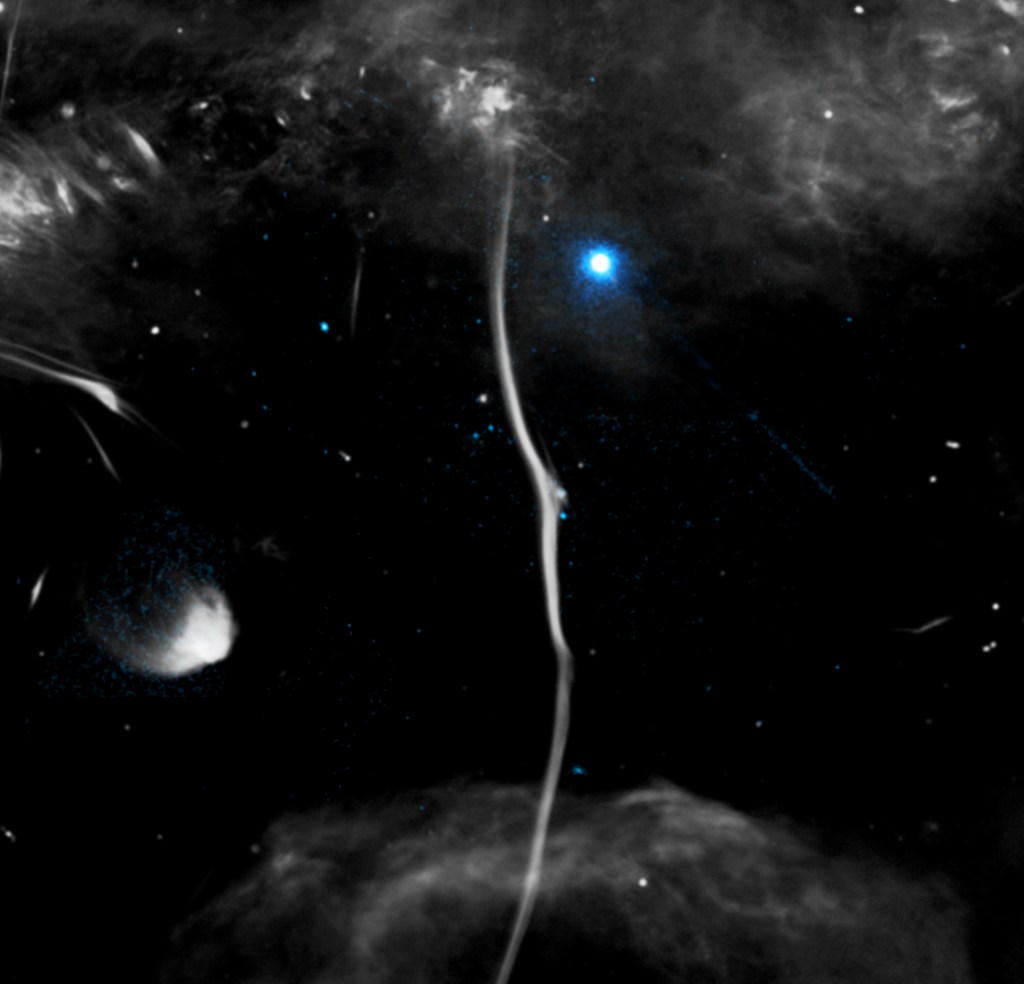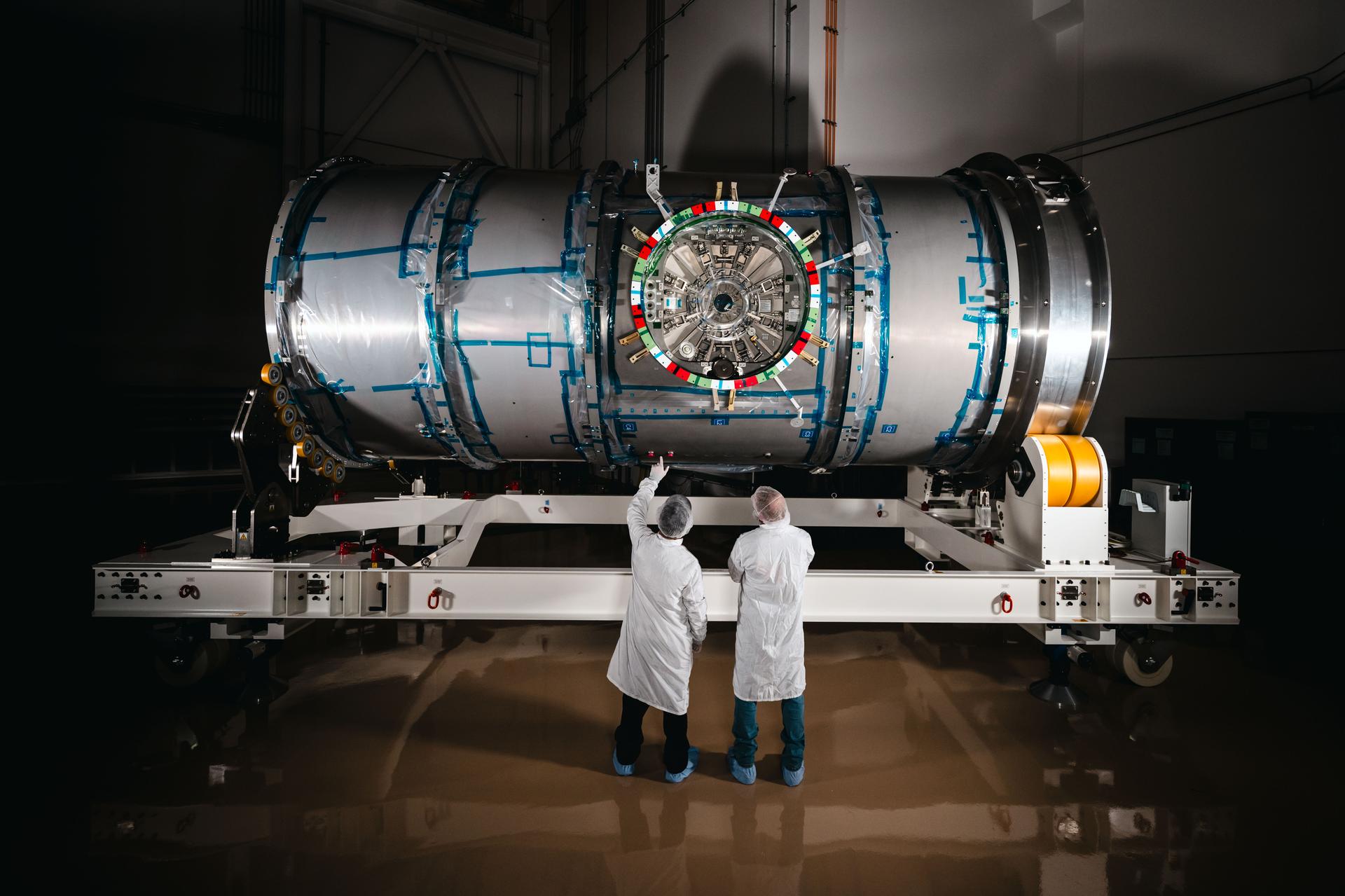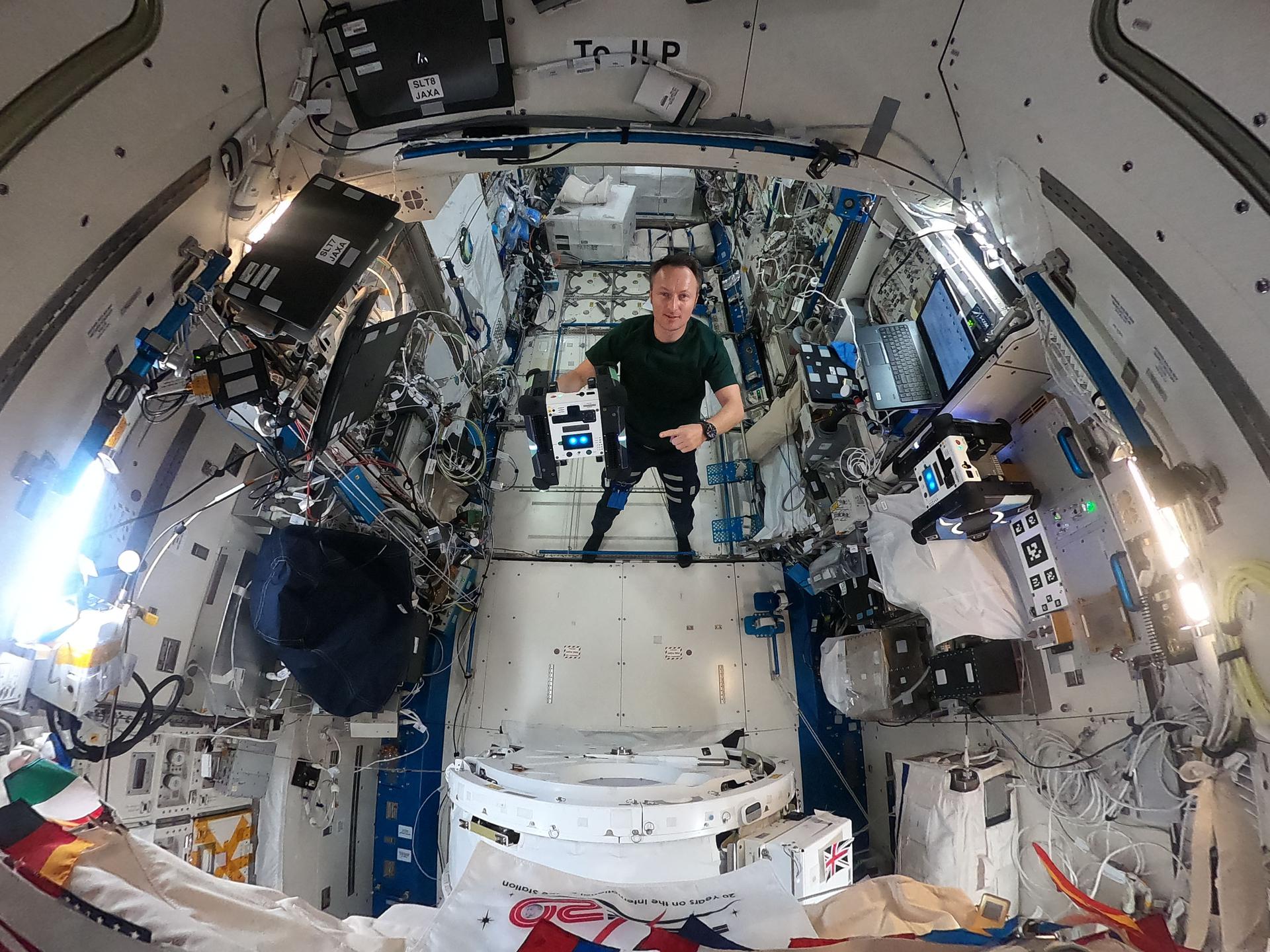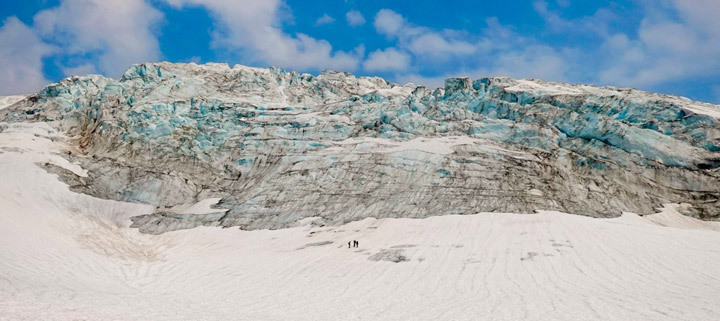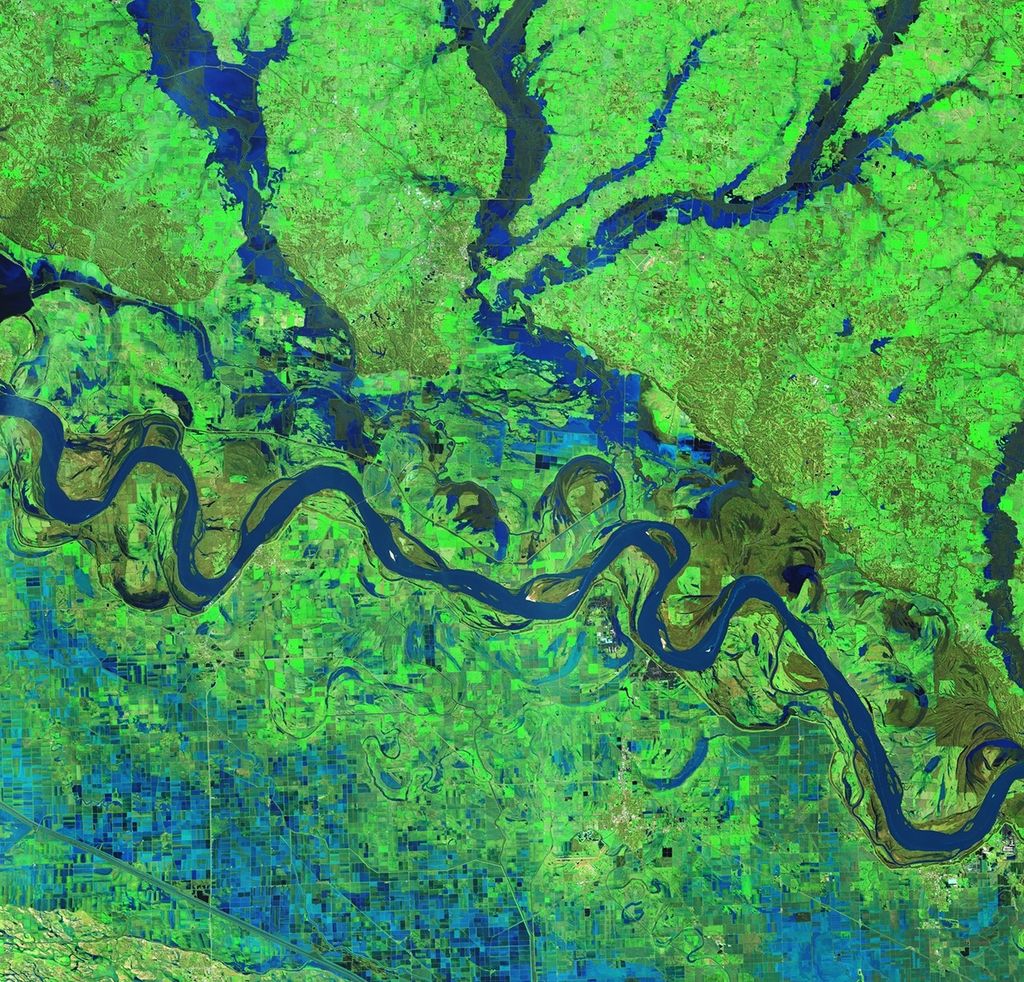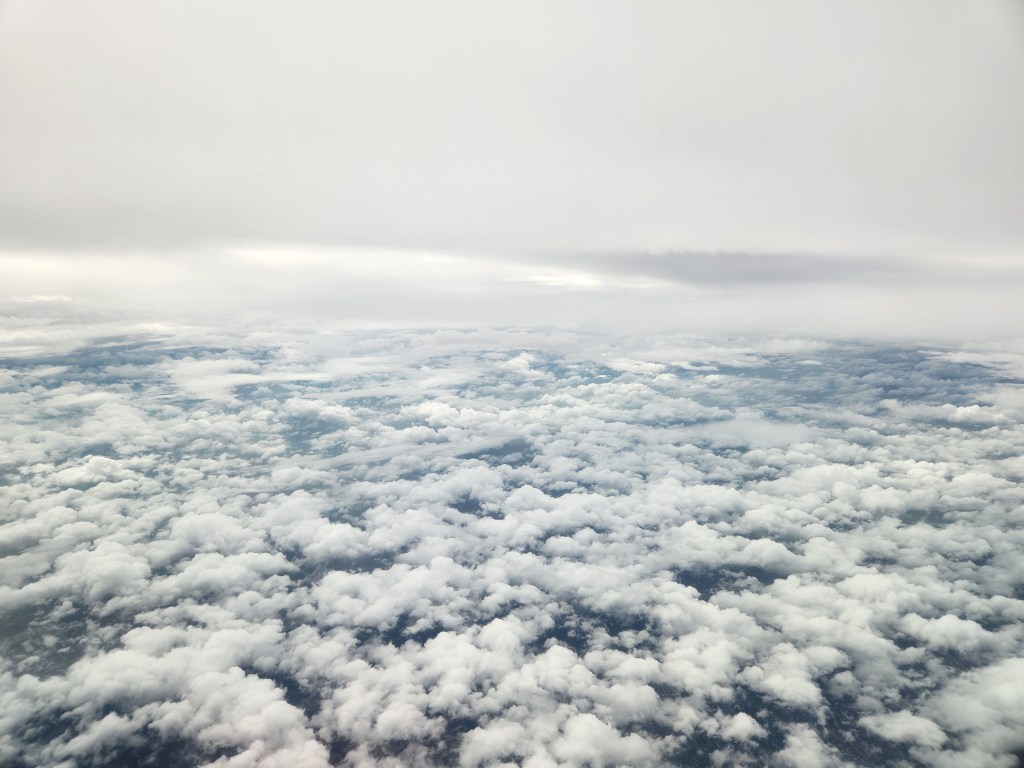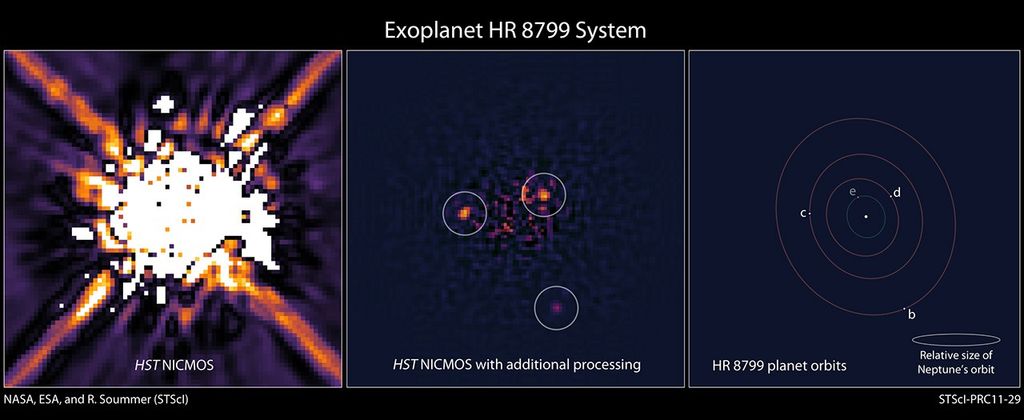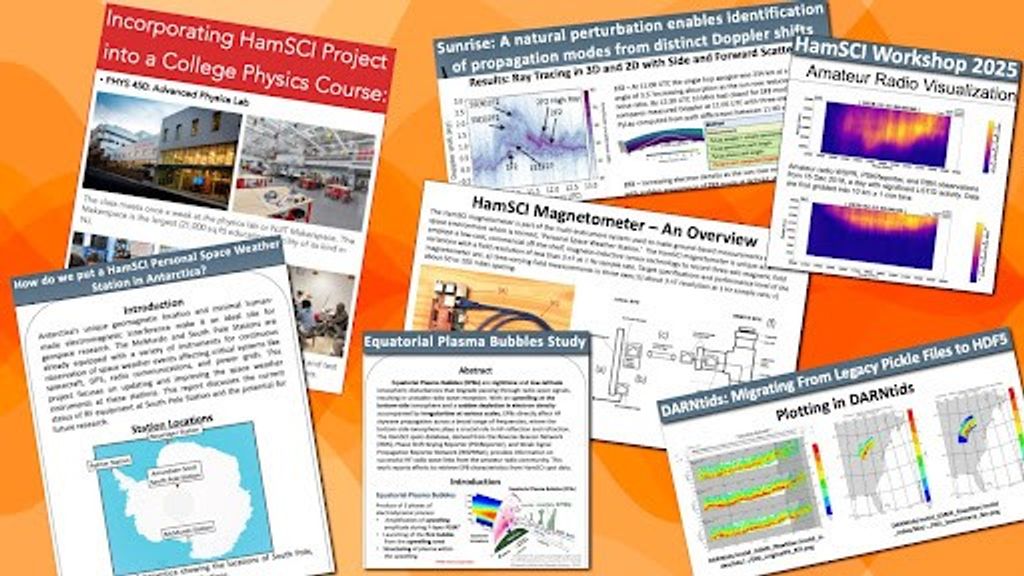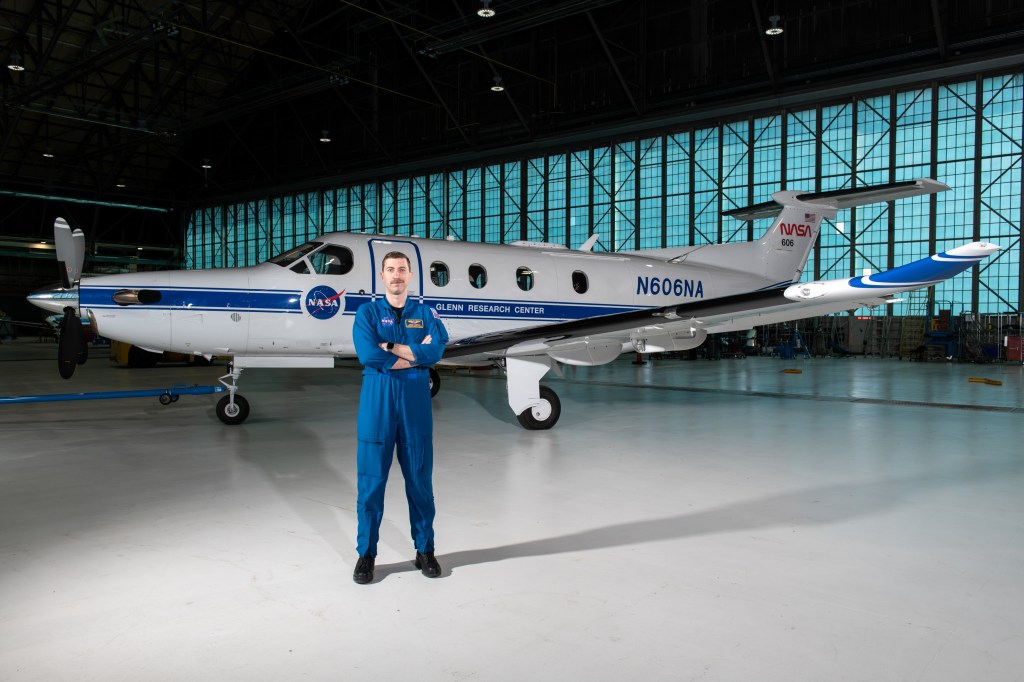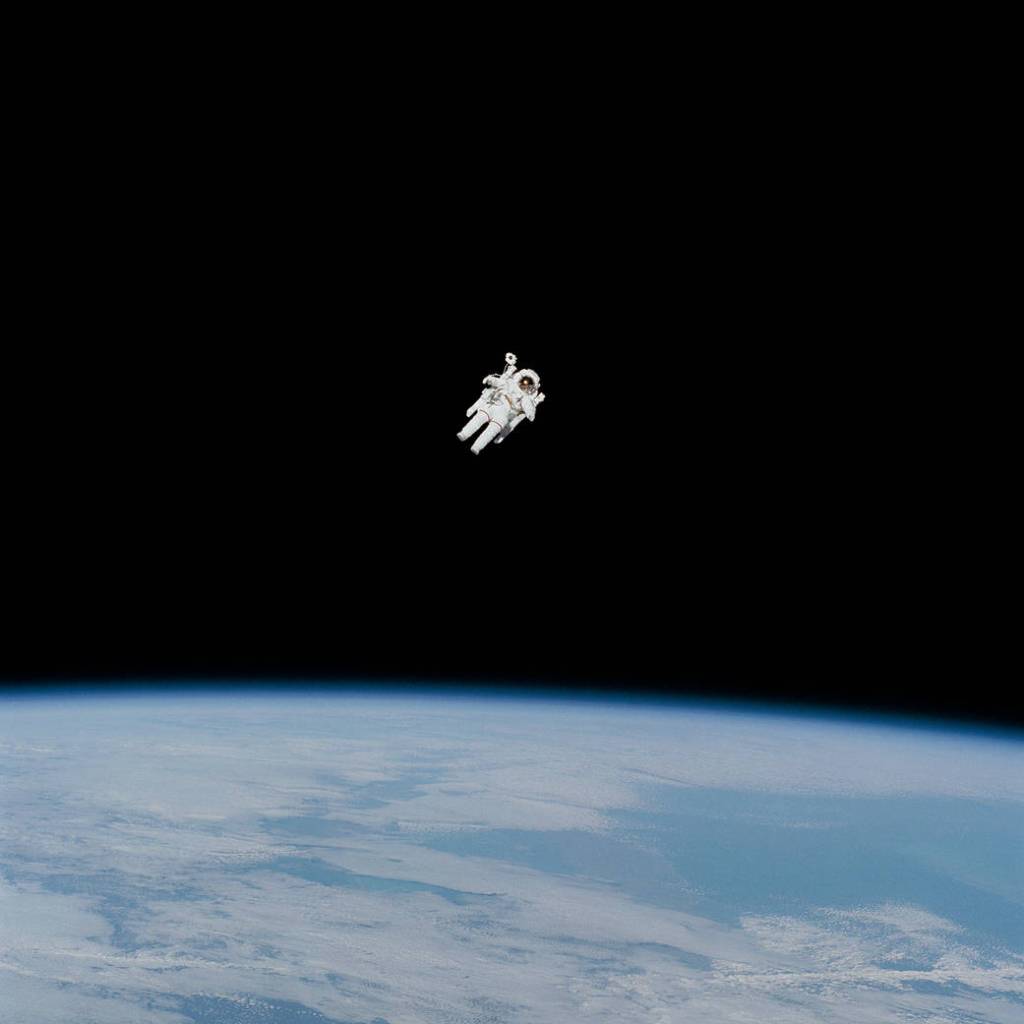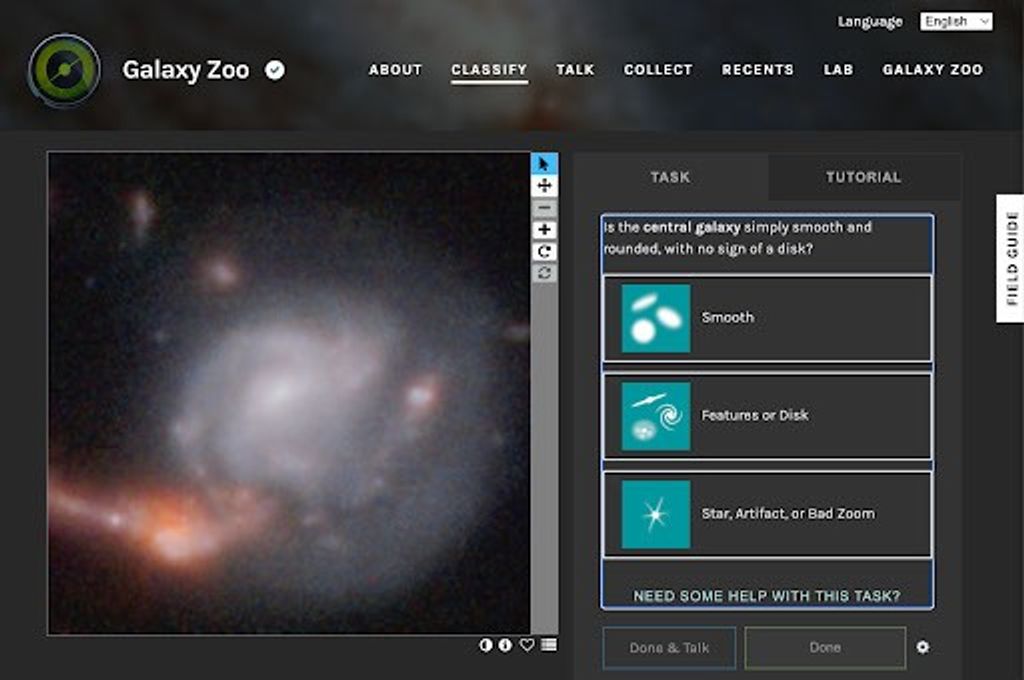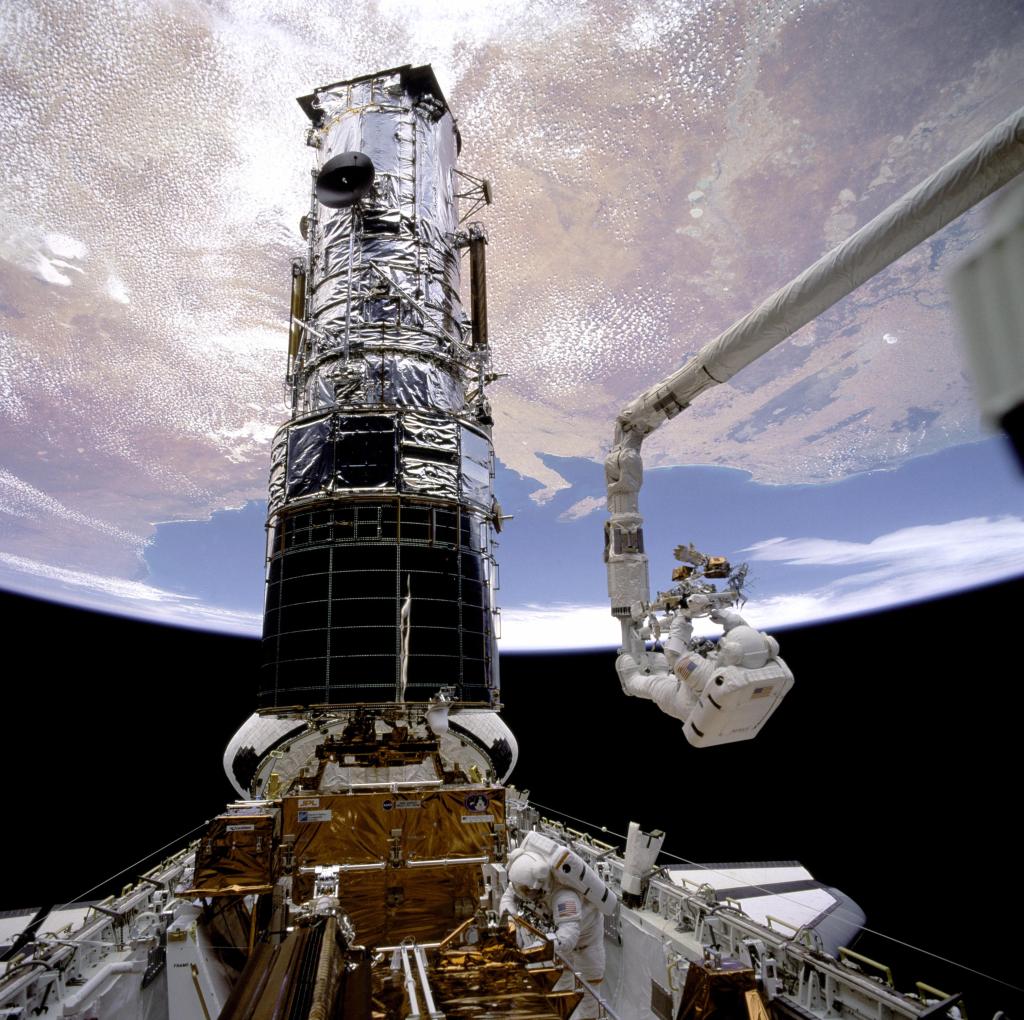Located approximately a half billion miles away, the moons are so small that, in visible light, they appear as fuzzy disks in the largest ground-based telescopes. Hubble can resolve surface details seen previously only by the Voyager space probes in the early 1980s. While the Voyager probes provided close-up snapshots of the satellites, Hubble can now follow changes on the moons and reveal other characteristics at ultraviolet and near-infrared wavelengths.
1 min read
Hubble Photo Gallery of Jupiter’s Galilean Satellites
This is a Hubble Space Telescope "family portrait" of the four largest moons of Jupiter, first observed by the Italian scientist Galileo Galilei nearly four centuries ago. Located approximately one-half billion miles away, the moons are so small that, in visible light, they...
Related Images & Videos
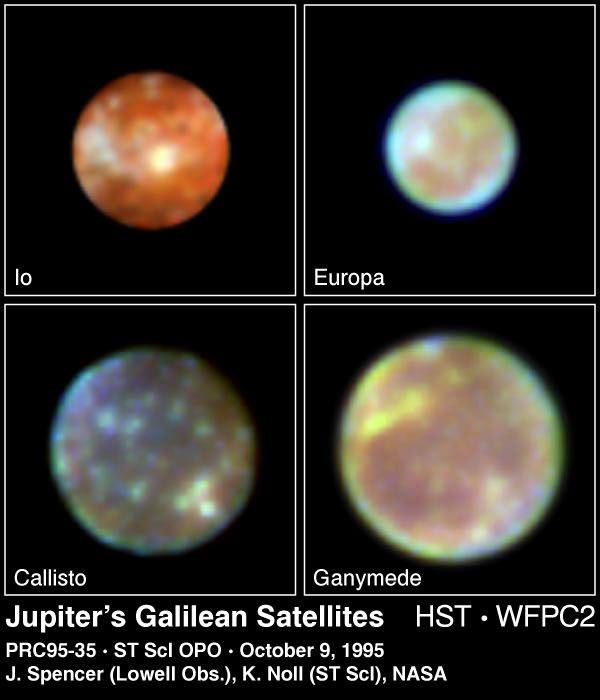
Hubble Photo Gallery of Jupiter's Galilean Satellites
This is a Hubble Space Telescope "family portrait" of the four largest moons of Jupiter, first observed by the Italian scientist Galileo Galilei nearly four centuries ago. Located approximately one-half billion miles away, the moons are so small that, in visible light, they...
Share
Details
Last Updated
Mar 20, 2025
Contact
Media
Claire Andreoli
NASA’s Goddard Space Flight Center
Greenbelt, Maryland
claire.andreoli@nasa.gov

